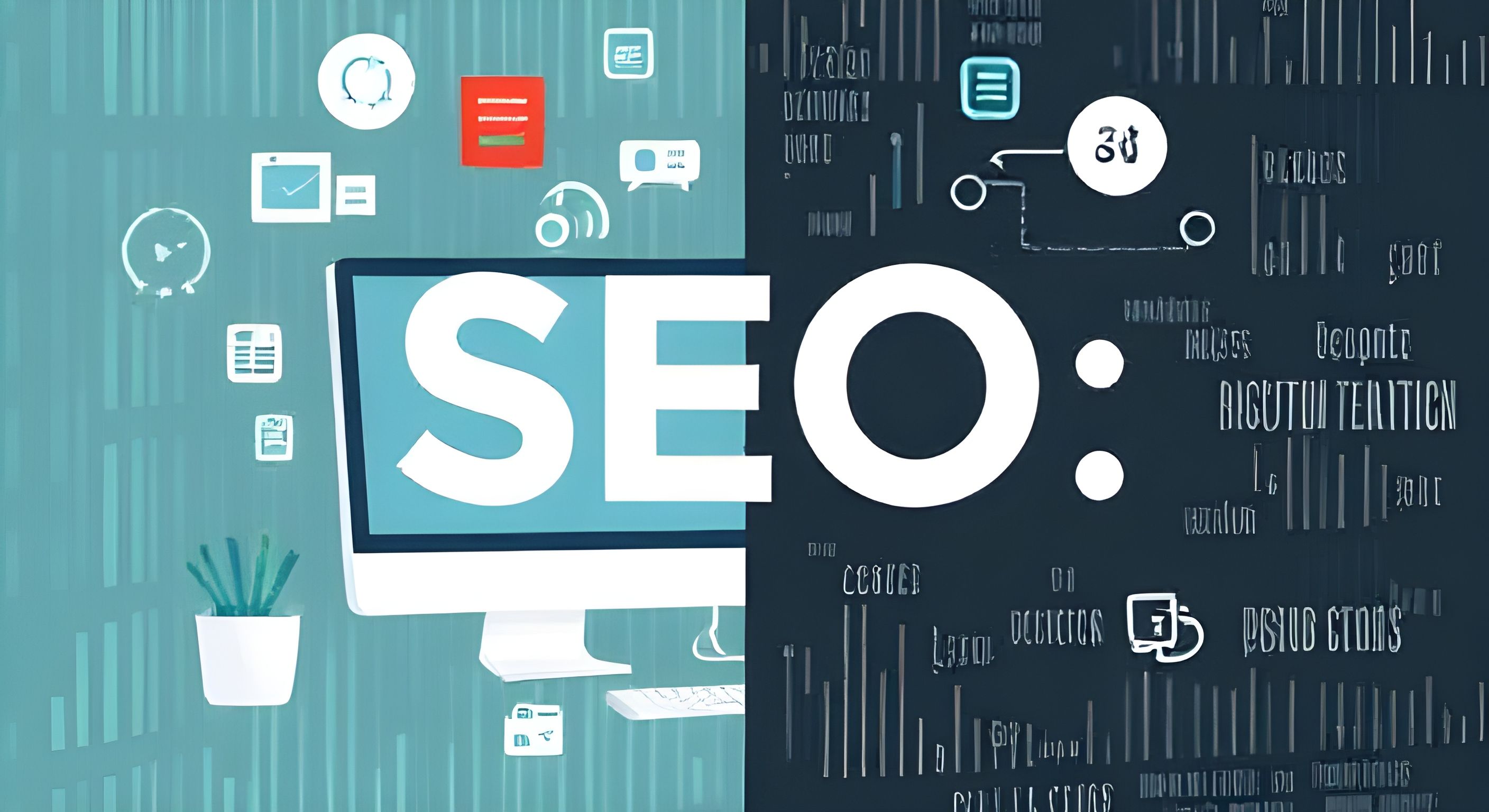Search engine optimization (SEO) is the lifeline of online visibility. Among the factors that shape your website’s SEO performance, the choice between static and dynamic web design stands out. In this blog, we decode the impact of static and dynamic websites on SEO, guiding you to make the best decision for your needs.
What Are Static Websites?
Static websites are built using fixed files of HTML, CSS, and JavaScript. They deliver identical content to all visitors and do not require a server to generate pages dynamically.
Key Features of Static Websites:
- Fixed Content: Content remains unchanged unless manually updated.
- Simple Architecture: Does not rely on databases or server-side programming.
- Fast Loading Speeds: Minimal server processing leads to quick load times.
Advantages for SEO:
- High Page Speed: With no server-side generation, static sites load quickly, a critical ranking factor.
- Enhanced Security: The absence of backend databases minimizes hacking risks.
- Cost-Effective Maintenance: Hosting and updates are simpler, reducing operational costs.
Disadvantages for SEO:
- Limited Content Management: Every update requires developer intervention.
- Lack of Personalization: Static pages cannot adapt to user behavior.
- Scalability Issues: Adding dynamic features like search bars or user accounts is challenging.
What Are Dynamic Websites?
Dynamic websites generate content in real-time based on user actions or inputs. They often use server-side programming languages and databases to create personalized experiences.
Key Features of Dynamic Websites:
- Interactive Content: Tailors information based on user preferences.
- Database-Driven: Content is stored and retrieved from databases dynamically.
- CMS Integration: Often powered by platforms like WordPress or Joomla.
Advantages for SEO:
- Content Flexibility: Dynamic sites allow for frequent updates, boosting relevance in search engines.
- Advanced Interactivity: Features like user-specific recommendations enhance engagement metrics.
- Scalable Architecture: Easily accommodates growing needs like e-commerce and large databases.
Disadvantages for SEO:
- Performance Trade-Offs: Dynamic content generation can slow load times.
- Increased Vulnerabilities: Database dependencies increase security risks.
- Higher Maintenance Costs: More complex infrastructure requires additional resources.
Head-to-Head Comparison: Static vs. Dynamic
| Feature | Static Websites | Dynamic Websites |
|---|---|---|
| Content Updates | Manual | Automatic via CMS |
| Load Speed | Very Fast | Can be slower |
| Hosting | Affordable and simple | Requires advanced configurations |
| Interactivity | Limited | High |
| Personalization | None | Tailored to users |
| Security | Extremely secure | Moderate (with vulnerabilities) |
| Scalability | Difficult | Highly scalable |
Advanced SEO Insights
URL Structures and SEO
Static sites often have clean and predictable URLs, which are easier for search engines to crawl. Dynamic websites can achieve clean URLs with proper configuration, though it may require additional effort.
Mobile Optimization
Mobile-friendliness is essential for SEO. Both static and dynamic sites can achieve this, but dynamic sites often come with pre-designed responsive themes, simplifying the process.
Caching Strategies
- Static Sites: Use CDNs (Content Delivery Networks) to deliver content rapidly across the globe.
- Dynamic Sites: Implement server-side caching to store frequently accessed content, reducing load times.
Real-World Use Cases
When to Choose Static Websites:
- Portfolio Sites: Ideal for showcasing work with minimal interactivity.
- Landing Pages: Perfect for marketing campaigns.
- Small Blogs: Suitable for straightforward content delivery.
When to Choose Dynamic Websites:
- E-Commerce Stores: Essential for handling large inventories and user accounts.
- News Portals: Required for constant content updates.
- Social Networks: Necessary for extensive user interactions.
Enhancing SEO for Both Website Types
For Static Websites:
- Use minified CSS and JavaScript files.
- Optimize images and use lazy loading.
- Deploy on a reliable CDN for global reach.
For Dynamic Websites:
- Enable server-side caching and database indexing.
- Optimize server response times.
- Regularly update plugins and CMS to patch vulnerabilities.
The Verdict
Choosing between a static or dynamic website depends on your goals and resources. Static websites excel in simplicity, speed, and security, making them ideal for small-scale projects. Dynamic websites, on the other hand, provide flexibility, scalability, and advanced interactivity, suitable for complex applications.
Regardless of your choice, remember that the foundation of good SEO lies in user experience, fast loading times, and high-quality content. By understanding the strengths and weaknesses of each design approach, you can create a site that performs well in search rankings and delights users.
Ready to take the next step? Explore more insights through the external resources linked above and start optimizing your website today!
